Gamers crave speed. Editors demand precision. Two worlds, seemingly apart, yet bound by silicon and code. The last decade has witnessed an explosion in both gaming and digital content creation.
A 7% yearly growth in the global games market, coupled with YouTube channels skyrocketing by 40% since 2019, is evidence enough.
But here’s the catch: the tech keeping a gamer at the edge of his seat is eerily similar to what lets an editor craft her masterpiece frame by frame. Enter the era of multi-purpose laptops, machines born to multitask, appeasing both the gamer’s reflexes and the editor’s keen eye. But how well? Let’s dive deep.
Understanding the Hardware Needs
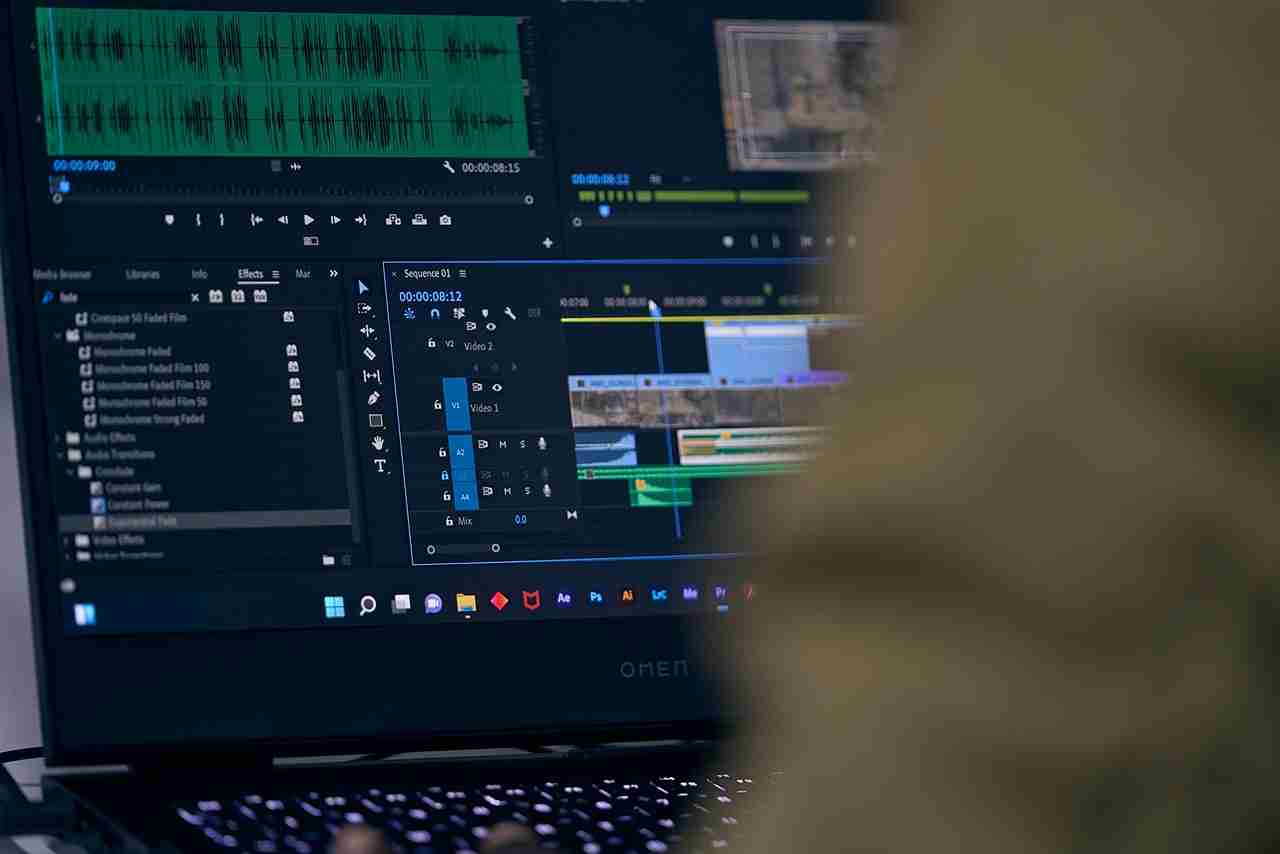
Laptops meant for different tasks come with different capabilities.
a. For Gaming
Gamers know: a feeble GPU won’t do. NVIDIA and AMD, the titans of graphics, dominate the market, boasting a whopping 78% combined share in 2020. And there’s a reason. High frame rates, lifelike shadows, detailed textures – all these depend heavily on the GPU. But it doesn’t stop there.
RAM acts as the loyal sidekick, ensuring games don’t stutter or freeze, especially in that crucial boss fight. 16GB of RAM has become the gamers’ sweet spot, ensuring fluid transitions. Lastly, storage. Ever noticed that dreaded game load lag? A snappy SSD shreds this wait time, loading games in a blink.
b. For Video Editing
For an editor, time isn’t just money; it’s creativity flowing seamlessly. At the heart of this rhythm is the CPU. Rendering, effects application, transitions – the CPU orchestrates all. In 2019, 4K content uploads surged by 30%, amplifying the need for robust CPUs. The RAM’s role?
Think of it as the editor’s canvas, allowing flawless scrubbing through 4K, or even 8K timelines, without hitches. 32GB or more is becoming commonplace for professionals. Storage, again, isn’t just about space but speed. High-resolution videos are data behemoths. Swift SSDs, particularly NVMe ones, allow editors to pull large files effortlessly, keeping the creative juices flowing, uninterrupted.
Overlapping Hardware Requirements
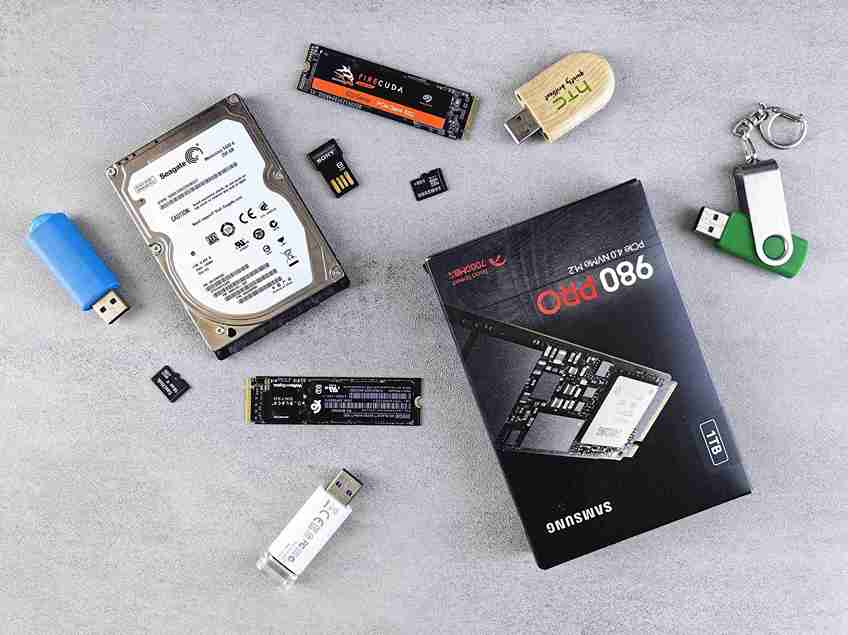
Both gaming and video editing need laptops with powerful performance. Hence there are some hardware in both laptops that overlap:
a. GPU Power
Both gamers and editors bow to the might of the GPU. Gamers? They crave those high FPS counts. In 2021, 60% of PC gamers targeted a smooth 60 FPS or more. Why? Fluidity. Every movement, every action, crystal clear. For editors, the stakes are different but equally crucial. Real-time previews. Rendering a change, seeing it instantaneously. No lag, no waiting, just pure creation in the moment.
b. RAM Capacity
Juggling is an art. For gamers, it’s streaming while playing. For editors? It’s running multiple software, layering effects, and playing back footage. All simultaneously. Multitasking is the name of the game. A survey in 2020 showed that 38% of professionals sought 32GB RAM laptops. And for a good reason. Whether gaming or editing, multitasking without hiccups is a non-negotiable.
c. Storage
In the digital world, speed defines the thrill. SSDs have revolutionized this landscape. For gamers, the thrill lies in near-instant game launches. No wait, just dive straight in. Video editors, on the other hand, face a different challenge. Massive 4K, 8K files. Bulky. Heavy. SSDs step in here, turning potential snail-paced access into lightning-fast pulls, ensuring the rhythm of creativity never misses a beat.
Additional Benefits of Gaming Laptops for Video Editing
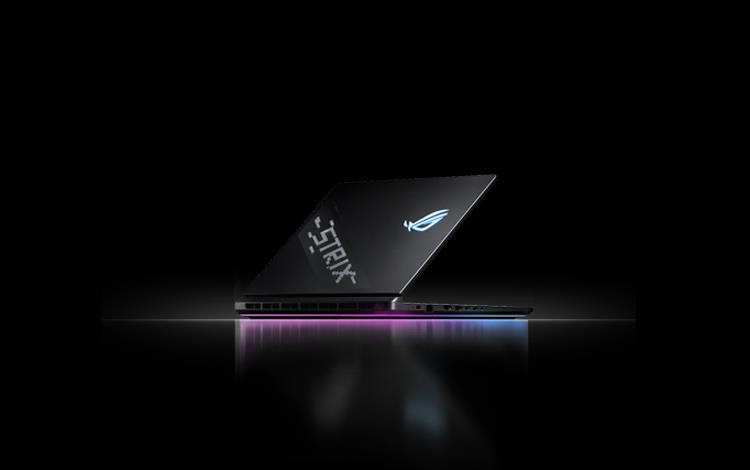
Here are some of the additional benefits of using gaming laptops for video editing:
a. High-Refresh-Rate Displays
Clarity is paramount. In a 2019 study, 45% of video professionals highlighted the importance of crisp playback. Why? It’s simple. Gaming laptops often boast refresh rates of 120Hz or more. What’s the gain? Every frame, every detail of a video stands out. No blur, just pure, pristine imagery. For editors, this isn’t just luxury; it’s necessity. It ensures accurate cuts, color grading, and transitions.
b. Efficient Cooling Systems
Heat is the enemy of performance. Gamers understand this well. So, most gaming laptops come armed. Advanced cooling. Enhanced airflow. The result? Hours stretch into marathons. No hiccups. Video editors reap this benefit too. Imagine rendering a complex scene. The laptop? Cool as a cucumber. Extended editing sessions? Not a problem. No throttling, no overheating. Just smooth, uninterrupted work.
c. Customizability
The future is uncertain. Needs change, technology evolves. A survey in 2020 revealed that 56% of tech enthusiasts preferred upgradable systems. Gaming laptops? They’re built with this in mind. More RAM, a new SSD, or even a superior GPU – often, these changes are just a few screws away. For video editors, this adaptability is gold. As projects grow in complexity, the laptop can evolve in tandem, ensuring consistent performance.
Potential Limitations

Here are some of the limitations that any gaming laptop owner may encounter while performing video editing:
a. Portability
Size matters. Especially when you’re on the move. Gaming laptops? They often come with a heft. A 2018 report showed that 70% of mobile professionals prefer lighter devices. Bulk, larger screens, additional cooling – all add weight. Video editors on the go might find this challenging. Sure, the performance is enticing. But if you’re always on the move, that extra pound or two? It makes a difference.
b. Battery Life
Power comes at a price. Gamers know this well. Those beefy GPUs and bright displays? They consume energy, and a lot of it. The result? Compromised battery life. For video editors, this poses a question. On-the-go edits? They might be shorter. A survey in 2019 indicated that 60% of professionals valued battery life over raw performance. With gaming laptops, there’s a trade-off. Superior performance, but perhaps fewer hours away from the plug.
c. Cost
Quality doesn’t come cheap. Gaming laptops pack the latest tech. Cutting-edge GPUs, fastest SSDs, and ample RAM. For gamers, it’s a dream. But what’s the real cost? Often, it’s a thicker wallet. For video editors, here’s the dilemma: A high-end gaming laptop can sometimes exceed the cost of a specialized video editing machine. Is it worth the investment? It’s a balancing act. Features, performance, and budget.
What to Look for When Buying a Gaming Laptop for Video Editing
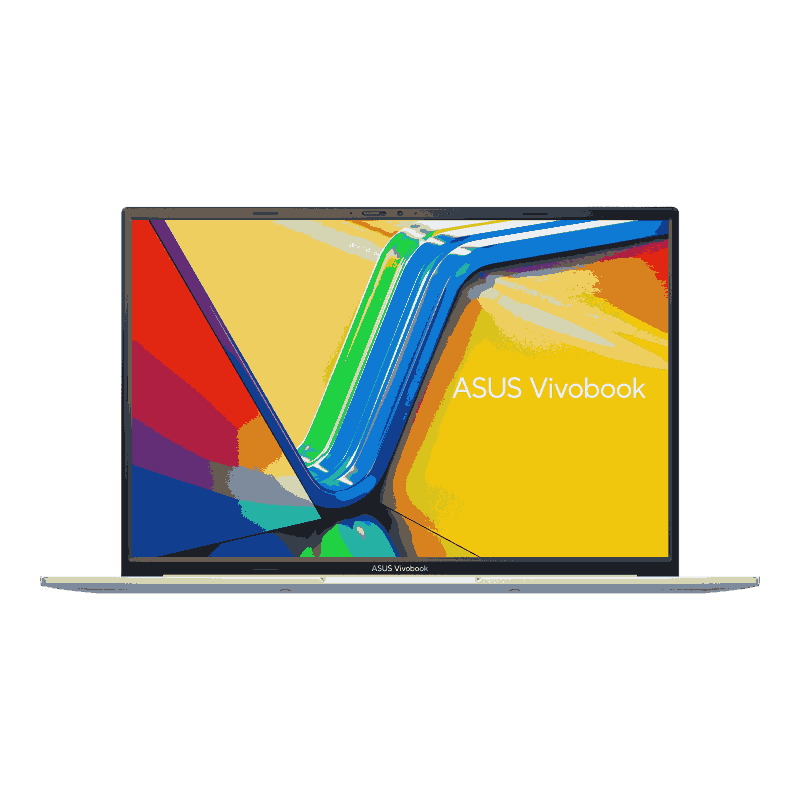
If you are planning to use gaming laptop for video editing as well, here are some of the considerations you must take into account:
a. Balanced Hardware
Duality is the key. Gamers crave that high GPU power, but video editors? They’re looking at that CPU just as closely. A survey in 2020 showed that 55% of professionals prioritize CPU over GPU. The reason? Rendering. Editing. Transcoding. They all demand CPU prowess. RAM? 16GB is your starting point. Why? Video editing software, like Adobe Premiere Pro, gobbles it up. And storage? An NVMe SSD is your best friend. Fast game load times meet rapid video file access. It’s a match made in tech heaven.
b. I/O Ports
Connectivity can’t be an afterthought. You’ve got external drives, secondary monitors, maybe even a drawing tablet. All demanding ports. Video editors, especially, require those high-speed data transfers. So, a gaming laptop? It should come generously equipped. Multiple USB 3.2 ports, Thunderbolt 3, HDMI, and perhaps even an SD card reader. Remember, more ports mean more flexibility.
c. Screen Quality
See it to believe it. Gamers live for those vibrant, fast-paced visuals. Video editors? They need truth. Color accuracy is paramount. A report in 2019 emphasized that 64% of video editors deemed color accuracy as the top screen feature. So, while a high-refresh-rate might thrill gamers, video editors should be eyeing that color gamut. Look for IPS displays with 100% sRGB coverage or better. And resolution? 4K can be a boon, especially for those ultra-high-definition edits. Both gamers and editors win here.
Top Gaming Laptops Recommended for Video Editing
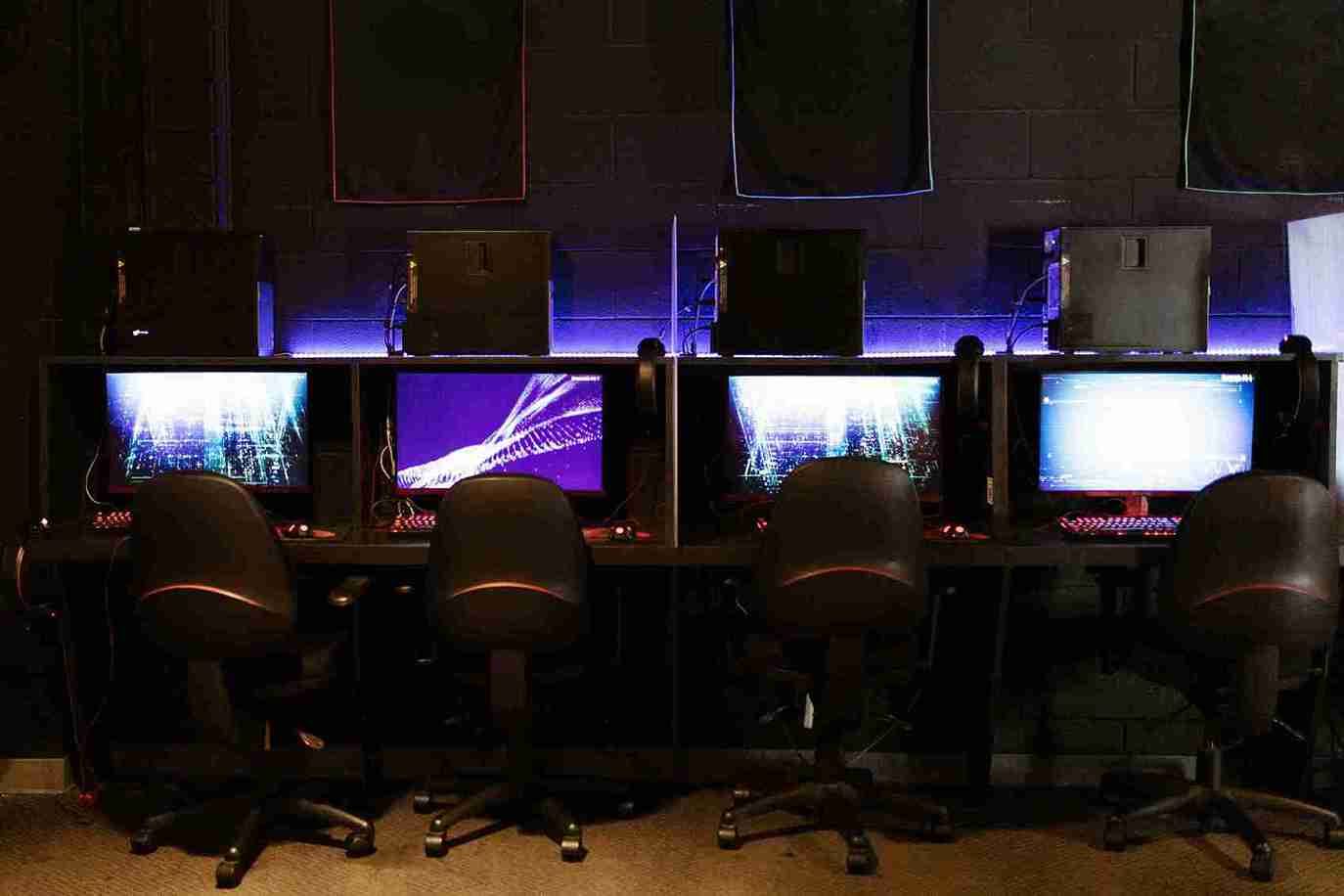
Gaming laptops are no longer just for gaming. Their roaring processors and high-grade GPUs have taken them to the editing suites too. Here’s a dive into the creme-de-la-creme of these powerful hybrids, perfectly balancing the thrill of gaming with the finesse of video editing.
1. Razer Blade 15 Advanced Model
The Razer Blade 15 Advanced Model stands out as a premier choice for both gaming and video editing due to several distinctive features and specifications:
- Portability & Design: Its compact and thin design ensures it’s easy to carry, crucial for video editors on the go and gamers who desire mobility. Despite its slim profile, it doesn’t skimp on power.
- High-End CPU: With an 8-Core 10th Gen Intel Core i7-10875H processor, it’s tailored for intensive tasks. This processor not only enhances gaming experiences by preventing lags and stutters but also ensures quick rendering and efficient multitasking for video editing.
- Robust GPU: The NVIDIA GeForce RTX 2080 Super with Max-Q Design is a beast in graphics performance. For gamers, it means smoother gameplay, even on high settings. For video editors, it translates to faster real-time previews, efficient rendering, and the ability to handle complex visual effects seamlessly.
- High Refresh Rate Display: A 300Hz display is a boon for gamers, ensuring smooth visuals in fast-paced games. Video editors benefit from this with smoother playback during editing, especially when dealing with high frame rate footage.
- Solid Build: The CNC aluminum unibody design ensures durability. It’s a machine built to last, suitable for gamers who need robustness and editors who might be on the move frequently.
- Cooling System: The unique vacuum-sealed, liquid-filled copper vapor chamber is a testament to Razer’s dedication to maintaining peak performance without overheating. This cooling mechanism ensures that the laptop can handle extended gaming sessions and long rendering tasks without compromising on performance or user comfort.
- Ample RAM and Fast Storage: With features like 8GB GDDR6 VRAM, games load faster, and applications run more smoothly. For video editors, this means handling large video files becomes a breeze.
Given these attributes, the Razer Blade 15 Advanced Model is not just a gaming laptop. It’s a versatile powerhouse, catering equally to the intense demands of high-end gaming and professional video editing.
2. ASUS ROG Zephyrus G14
The ASUS ROG Zephyrus G14 (2022) emerges as an optimal choice for video editing, especially in the mid-range segment. Here’s why:
- Powerful Processor: With options up to the AMD Ryzen™ 9 6900 HS, video editors get a processor that can handle intensive rendering tasks, multitasking, and other video editing processes smoothly.
- High-end Graphics: The AMD Radeon™ RX 6800S is a robust GPU that ensures quick real-time video previews and efficient rendering. The graphics card can handle color grading, complex visual effects, and other GPU-intensive tasks, making it a boon for video editors.
- Ample Memory: With up to 32GB DDR5 RAM, the Zephyrus G14 ensures seamless multitasking. This is essential when running heavy video editing software alongside other applications, such as sound editing tools, without any lag.
- Fast Storage: With the M.2 PCIe® 4.0 SSD options, video files’ read and write speeds are significantly faster. Whether it’s importing large raw footage or exporting the final edited video, the SSD ensures reduced wait times.
- High-Quality Display: Offering a 14” QHD+ display with a 120Hz refresh rate or a 14” FHD+ with 144Hz, it provides crisp visuals. The AMD FreeSync™ Premium further ensures smooth playback, which is crucial when editing videos to ensure frame accuracy.
- Portability & Battery Life: Being a compact 14-inch laptop, the Zephyrus G14 is portable and ideal for video editors on the move. Plus, its commendable battery life ensures that editors can work for extended periods without being tethered to a power outlet.
- Positive Reviews: The fact that it has been chosen as one of the best products in its category by editors further vouches for its quality and performance. It may have a few areas of improvement, but overall, it presents a balanced offering, especially for its price point.
Given these characteristics, the ASUS ROG Zephyrus G14 doesn’t just excel as a gaming laptop but stands out as a capable machine for video editing, offering excellent value in the mid-range segment.
3. MSI GS66 Stealth
The MSI GS66 Stealth emerges as an adept choice for video editing tasks, as delineated from the information provided. Here’s why:
- Potent Graphics: The inclusion of the RTX 3080 graphics card ensures that the laptop can handle graphically intensive video editing tasks with ease. This is evidenced by its commendable score of 7,949 in the PCMark 10 Creation test, signaling a noticeable leap in performance compared to older gaming laptops.
- Robust Multi-core Performance: The GS66 Stealth’s performance in multi-core benchmarks, specifically its scores of 6,133 in Cinebench R23 and 6,140 in Geekbench 5, underscores its prowess in handling tasks that capitalize on multiple cores. Video editing often demands efficient multitasking, and these scores indicate the laptop’s capability in this domain.
- Video-Encoding Capability: Its performance in CPU-centric tasks like video-encoding in Handbrake is satisfactory. While it might not outdo every competitor, it holds its ground and offers good performance, especially for real-time video rendering and transcoding tasks.
- Design & Portability: Being an early pioneer in the thin-and-light gaming laptop trend, the GS66 Stealth maintains a balance between power and portability. Weighing in at 4.6 pounds and a thickness of just 0.71 inches, it offers video editors the convenience of a portable workstation, enabling them to edit on the go.
- Competitive Evolution: Although once revolutionary in its design, by 2021, the MSI GS66 Stealth’s dimensions have become more standard. However, this adherence to industry trends ensures that the laptop remains relevant and competitive, offering users contemporary design with powerful internals.
In essence, the MSI GS66 Stealth stands out as a formidable machine for video editing. Its blend of high-end graphics, substantial multi-core performance, satisfactory video-encoding capabilities, and a design geared towards portability makes it a top choice for video editors seeking a balance between power and form factor.
The Apple MacBook with the M1 Max chip stands out as a game changer for both gaming enthusiasts and video editing professionals. Here’s why, based on the data provided:
- Unparalleled Processing Power: With a whopping 57 billion transistors, which is over three times that of the original M1, the M1 Max represents the pinnacle of Apple’s chip design. This mammoth number of transistors directly translates to increased computational capability, which is essential for both gaming and video editing.
- GPU Performance: The M1 Max offers up to a 32-core GPU. For perspective, the graphical performance necessary for high-end gaming and real-time video rendering is greatly influenced by the GPU. Thus, a 32-core GPU ensures seamless graphics, better frame rates, and smooth playback.
- Memory Capabilities: With support for up to 64 GB of RAM and a staggering 400 GB/s of memory bandwidth, multitasking, loading large video files, and running memory-intensive games becomes an effortless endeavor.
- Dedicated Hardware for Video Editing: The M1 Max is not just about raw power; it’s purposefully designed for specific tasks. One dedicated decode engine, two dedicated encode engines, and two ProRes accelerators are built specifically to hasten video editing tasks. This kind of hardware dedication ensures that video rendering, exporting, and playback occur at unprecedented speeds.
- Multiple Monitor Support: For professionals who rely on extensive screen real estate for their workflow, the M1 Max’s support for up to four external displays is a boon. It’s a feature that can drastically improve productivity, especially in video editing where previewing, timelines, and toolkits can each occupy a screen.
- Gaming Performance: Hands-on testing has validated the M1 Max’s gaming prowess. Achieving 73.8 frames per second on the “Very High” graphical settings in the “Rise of the Tomb Raider” benchmark is commendable. Even at the Pro’s native high resolution, it managed a respectable frame rate, showcasing its capability to handle graphics-intensive games.
- Versatility: The M1 Max is not just designed for a single task. While it excels in video editing, it doesn’t compromise on gaming performance, making it a versatile choice for users with varied needs.
In summary, the Apple MacBook with the M1 Max chip is not just a step but a giant leap forward in the realms of gaming and video editing. Its combination of raw power, dedicated hardware for video tasks, and impressive gaming performance makes it an unmatched choice for those seeking the best in both worlds.
5. Acer Predator Triton 500
The Acer Predator Triton 500 emerges as an exceptional choice for video editing, and here’s why, drawing from the data you provided:
- High-End Hardware: The Triton 500’s Intel Core i7-12700H, coupled with 32 GB RAM and an RTX 3070 Ti, equips it with immense computational and graphical prowess. When you’re working with video, especially at resolutions like 4K, such hardware ensures smooth playback, efficient rendering, and rapid export times.
- Exceptional Display: Video editing demands a vibrant and responsive display. The 16-inch, IPS screen with a UHD 2,560 x 1,600 resolution ensures videos look crisp. Moreover, the 240Hz refresh rate makes playback smooth, which is especially beneficial when previewing edits.
- Sustainable Peak Performance: Stress tests, especially involving tasks like 4K video editing, push laptops to their limits. Your tests with the Triton 500 showcased peak performance sustainability, which is essential to ensure there’s no throttling or performance drops during long editing sessions.
- Port Options: The array of I/O ports, including a full SD card reader, multiple USB ports, Thunderbolt ports, and HDMI output, ensures flexibility when connecting external storage, monitors, or other essential peripherals for video editing.
- Intel’s 12th Gen Advantage: Intel’s 12th generation Alder Lake CPUs have been hailed for their performance gains over their predecessors. Given that video editing software often relies heavily on the CPU for tasks like encoding and decoding, the improved multi-core performance of Alder Lake CPUs, as mentioned in the comparison with AMD’s Ryzen and even Apple’s M1 Max, showcases the Triton 500’s capability to handle intensive video editing tasks efficiently.
- Dedicated GPU: The RTX 3070 Ti isn’t just for gaming. Modern video editing software can offload certain tasks to the GPU, benefiting from its parallel processing capabilities. Having a powerful GPU can significantly accelerate tasks like rendering and real-time effects preview.
- Build and Design: Though primarily mentioned in the context of gaming, the design that dissipates heat effectively, albeit leading to warmth in the armrest area, ensures the laptop’s internals are cooled adequately. For video editing, which can be as intensive as gaming, this ensures longevity and stable performance.
Acer Predator Triton 500 isn’t just a gaming beast; it’s tailored to handle video editing tasks with remarkable ease. From its powerful internals to its stellar display, it ticks all the essential boxes that make it an optimal choice for video editors.
Conclusion
In the dynamic realm of tech, the lines have begun to blur. Gaming laptops, once exclusively tailored for die-hard gamers, have found their footing in professional domains like video editing. Their robust GPUs, efficient cooling systems, and high-refresh-rate displays make them adept contenders against traditional editing rigs.
Yet, as with any tech purchase, the devil is in the details. Weighing the balance between gaming prowess and video editing capabilities is essential. While gaming laptops can indeed be potent allies for video editing, the final choice must resonate with individual needs, aspirations, and, of course, budget.
